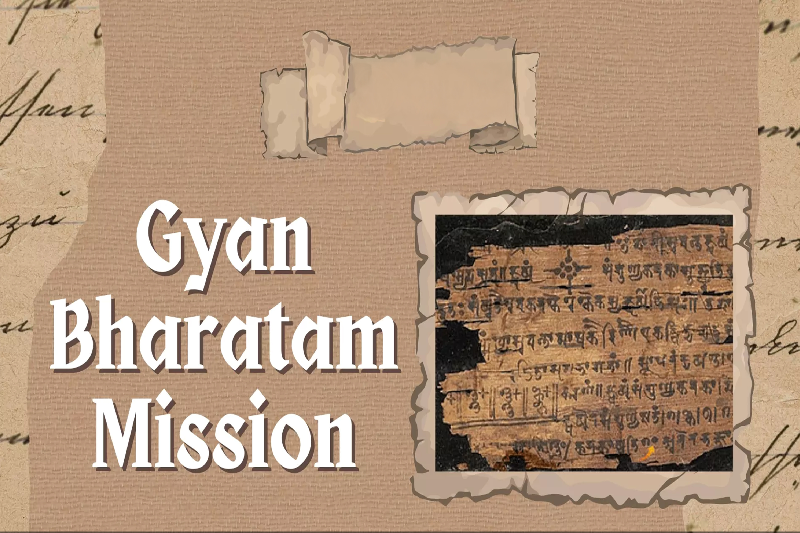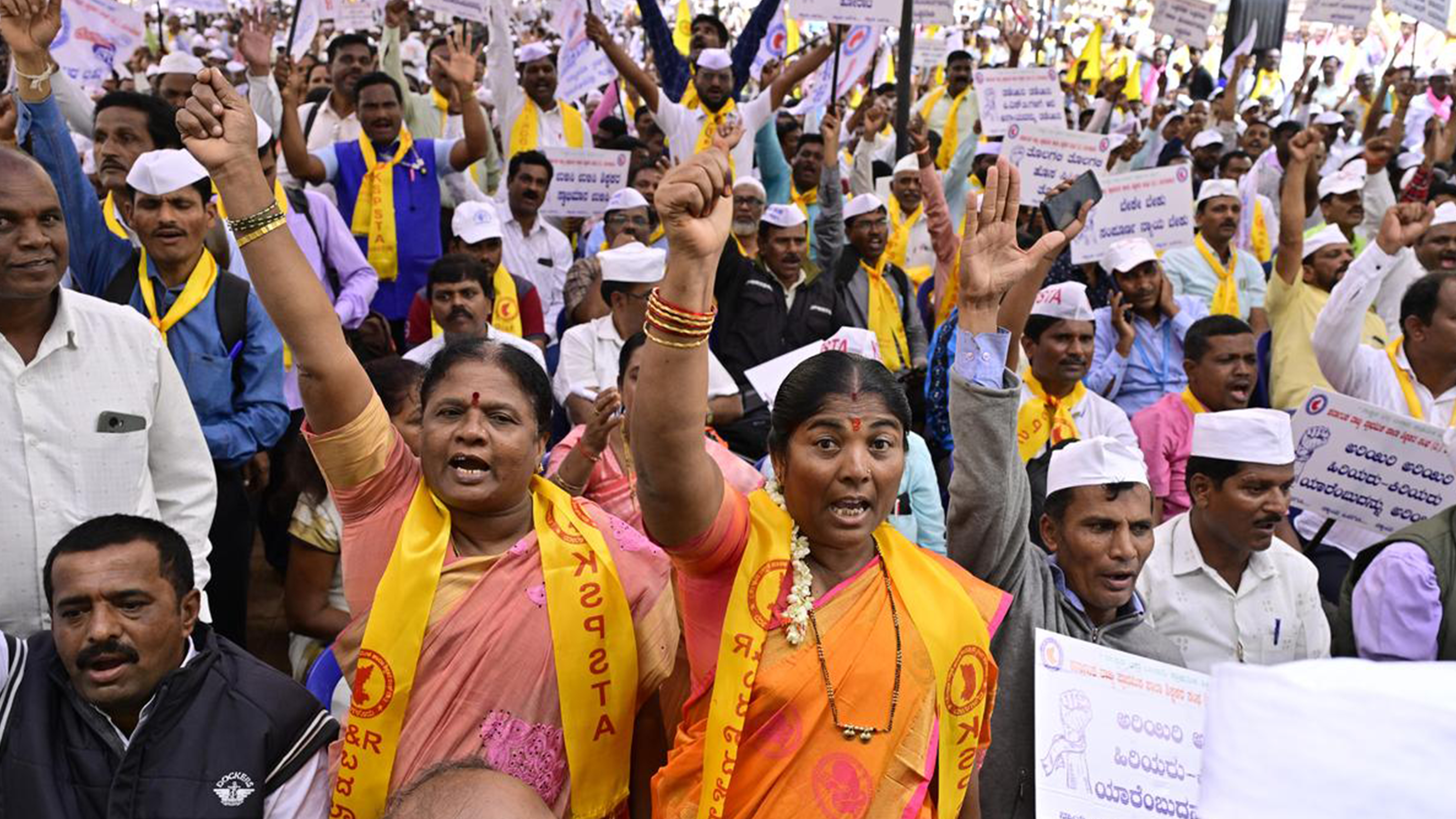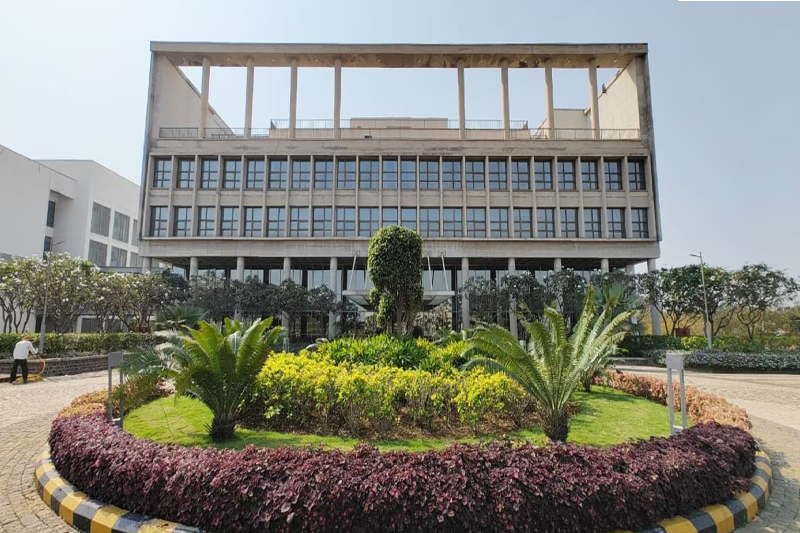
20 Institutions Join Gyan Bharatam Mission to Digitise and Preserve India’s Manuscript Heritage
The Union Ministry of Culture has launched a significant initiative to digitise, conserve, and globally promote India’s rich manuscript heritage. As part of the Gyan Bharatam Mission, about 20 leading institutions across the country are formalising partnerships to contribute to this monumental project, aimed at making India’s traditional knowledge accessible to scholars and enthusiasts worldwide.
This initiative underscores the government’s commitment to preserving ancient manuscripts while leveraging technology to ensure their longevity and outreach.
Participating Institutions and Expansion Plans
The first batch of 20 institutions will sign Memorandums of Understanding (MoUs), with plans for around 30 more institutions to join in the near future. Key participants include:
- Asiatic Society, Kolkata
- University of Kashmir, Srinagar
- Hindi Sahitya Sammelan, Prayagraj
- Government Oriental Manuscript Library, Chennai
The initiative is envisioned as a national collaborative effort, bringing together academic, cultural, and archival institutions to systematically document and digitise India’s manuscript collections.
Mission Objectives: Documentation, Conservation, and Digital Preservation
Announced in the Union Budget 2025, the Gyan Bharatam Mission aims to:
- Identify and document manuscripts across India.
- Conserve and restore fragile texts to ensure their longevity.
- Digitally preserve manuscripts through a unified platform known as the National Digital Repository (NDR).
- Make India’s knowledge systems globally accessible, promoting scholarship and research internationally.
The mission targets the vast, often scattered manuscript collections in libraries, research institutes, and private holdings, ensuring systematic preservation and documentation.
Structure of Participating Institutes
Institutions under the Gyan Bharatam Mission are classified into two types:
- Cluster Centres: These centres will oversee manuscript activities not only for themselves but also for up to 20 partner institutions.
- Independent Centres: These will focus exclusively on their own manuscript collections.
This structured approach ensures effective management, coordination, and sharing of resources, allowing both large and small collections to benefit from centralised support.
Roles and Responsibilities of Centres
Each participating institution will establish a dedicated Gyan Bharatam Cell tasked with:
- Conducting surveys and cataloguing of manuscripts.
- Conservation and restoration activities to protect fragile texts.
- Translation and digitisation to enhance accessibility.
- Outreach initiatives to promote awareness and scholarly engagement.
- Acting as a liaison between partner institutions for coordination and reporting.
The cells will ensure that manuscripts are not only preserved but also properly documented for future research and educational purposes.
Funding and Monitoring Mechanism
The mission provides a comprehensive framework, funding, and technological support to participating institutions. Funding is released in two stages:
- First Instalment: 70% of the sanctioned budget, released after approval of the annual plan.
- Second Instalment: Remaining 30%, contingent upon submission of progress reports, expenditure statements, utilisation certificates, and quality verification through third-party assessments.
The Ministry will also monitor progress, approve work plans, and conduct quality checks, ensuring that the project meets high standards of conservation and documentation.
Building on Previous Efforts
The Gyan Bharatam Mission builds on the momentum generated by the first international conference on Indian manuscripts, held last month under the theme “Reclaiming India’s Knowledge Legacy through Manuscript Heritage.”
Officials emphasised that this initiative ensures that India’s traditional knowledge, long preserved in delicate manuscripts, is safeguarded for future generations and made widely accessible through modern digital technologies.
Global Outreach and Impact
By digitising manuscripts and centralising records through the National Digital Repository, the mission aims to:
- Provide scholars worldwide access to India’s manuscript heritage.
- Promote interdisciplinary research on India’s history, literature, philosophy, and science.
- Protect fragile and historically significant manuscripts from deterioration.
- Preserve cultural memory and knowledge systems for educational and academic purposes.
The initiative reflects India’s efforts to merge traditional heritage with digital innovation, creating a sustainable and accessible repository of the nation’s intellectual legacy.
Conclusion: A Landmark Step in Cultural Preservation
The formal inclusion of 20 institutions in the Gyan Bharatam Mission marks a significant milestone in India’s efforts to digitally preserve its manuscript heritage. By combining conservation, technology, and scholarly collaboration, the project ensures that centuries-old manuscripts are protected, documented, and made globally accessible.
As more institutions join, the mission promises to create a comprehensive national network for manuscript preservation, securing India’s intellectual and cultural treasures for generations to come.


